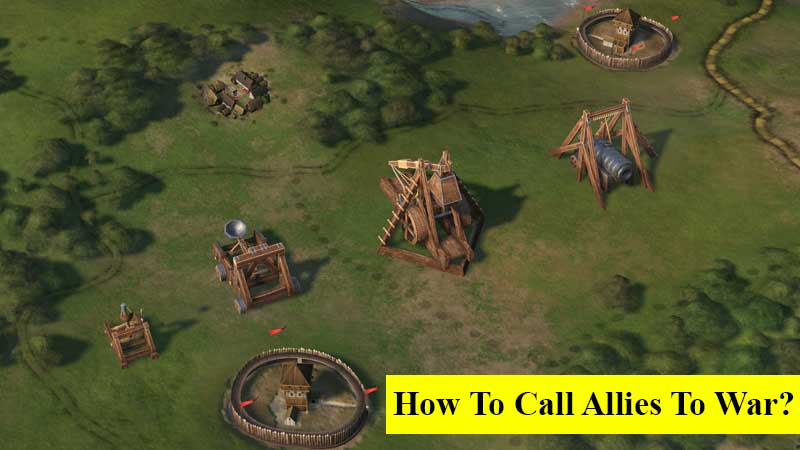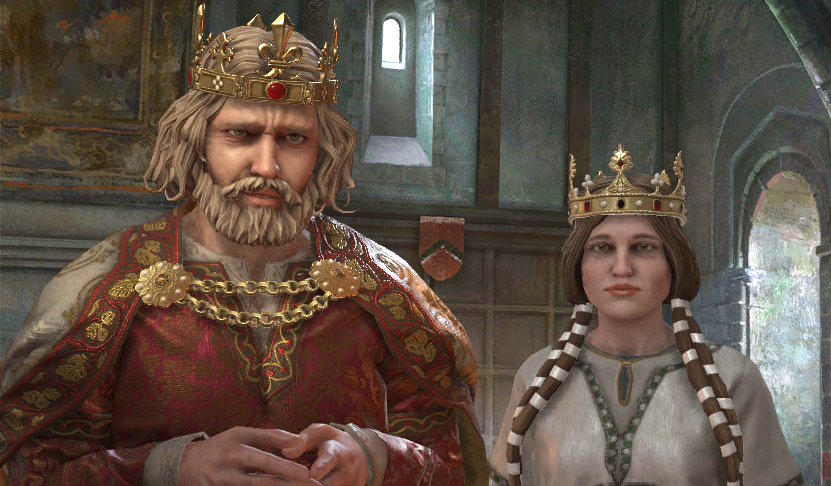

Religious leagues are forming: on the left, the Catholic League led by the Emperor (Austria) and on the right, the Protestant League, here led by Brandenburg. The Holy Roman Empire interface, showing Austria as the Emperor, six electors (5 voting for Austria), eleven Free Cities, and 37 other princes.

The balance of power between the various Princes, Electors and the Emperor was always in flux, and imperial unity was further weakened by the Reformation. It experienced high amounts of decentralization towards the end of the Middle Ages, which is represented in-game by the special HRE mechanics (see below). It considered itself to be the spiritual successor state to the Roman Empire, even though throughout the majority of its existence it never directly controlled Papal Rome (and also despite, up to 1453, the continued existence of the Eastern Roman Empire and until the late 15th century of various Byzantine holdout states such as Trebizond, Theodoro, etc.). The first Holy Roman Emperor, Charlemagne, was crowned "Emperor of the Romans" in Rome by the Pope in the year 800, but it wasn't until 962 that the HRE as a united polity came into being. the grounds of an imperial abbey) that they are not represented in EU4. Historically, the Empire existed from the 10th to the 19th centuries, and had up to 300 members at some points, many of which were so small (e.g. In the Common Sense DLC, the Emperor can appoint up to twelve Free Imperial Cities which are OPMs, cannot be electors, and give the emperor more authority in exchange for trading bonuses (for example, Ulm). The Holy Roman Emperor has various powers at his disposal and a great deal of responsibility to maintaining and protecting the Imperial territorial, religious, and cultural status quo. From these Princes, up to seven are Prince-Electors, who vote on which Prince will be the next Holy Roman Emperor upon the death of the previous one. Members are considered 'Princely states' and their heads are 'Princes'.


The Holy Roman Empire ( HRE) is a unique political structure in the game, made up of numerous variously-sized states of the Germanic region and northern Italian Peninsula in Europe. Dark green are Imperial provinces, owned by HRE member-states or otherwise.


 0 kommentar(er)
0 kommentar(er)
